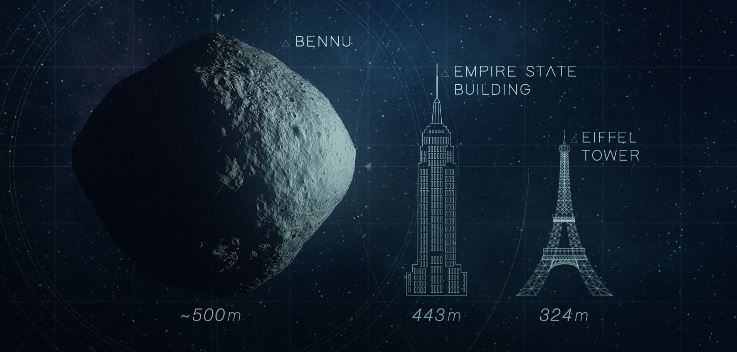
11, 2022, by scientists working at Malin Space Science Systems (MSSS), which built and operates two cameras aboard MRO.

In late 2021, InSight scientists reported to the rest of the team they had detected a major marsquake on Dec. The second of the two Science papers related to the big impact describes how scientists use these waves to study the structure of Mars' crust. Since landing in November 2018, InSight has detected 1,318 marsquakes, including several caused by smaller meteoroid impacts.īut the quake resulting from last December's impact was the first observed to have surface waves - a kind of seismic wave that ripples along the top of a planet's crust. Seismic waves are key to the mission and have revealed the size, depth, and composition of Mars' inner layers. InSight is studying the planet's crust, mantle, and core. The spacecraft now is expected to shut down within the next six weeks, bringing the mission's science to an end. InSight has seen its power drastically decline in recent months due to dust settling on its solar panels. "It's an exciting moment in geologic history, and we got to witness it." "It's unprecedented to find a fresh impact of this size," said Ingrid Daubar of Brown University, who leads InSight's Impact Science Working Group. Many larger craters exist on the Red Planet, but they are significantly older and predate any Mars mission. With images and seismic data documenting the event, this is believed to be one of the largest craters ever witnessed forming any place in the solar system. Some of the ejecta thrown by the impact flew as far as 23 miles (37 kilometers) away. The impact, in a region called Amazonis Planitia, blasted a crater roughly 492 feet (150 meters) across and 70 feet (21 meters) deep. The meteoroid is estimated to have spanned 16 to 39 feet (5 to 12 meters) - small enough that it would have burned up in Earth's atmosphere, but not in Mars' thin atmosphere, which is just 1% as dense as our planet's. Offering a rare opportunity to see how a large impact shook the ground on Mars, the event and its effects are detailed in two papers published Thursday, Oct. Scientists determined the quake resulted from a meteoroid impact when they looked at before-and-after images from NASA's Mars Reconnaissance Orbiter (MRO) and spotted a new, yawning crater. What's more, the meteoroid excavated boulder-size chunks of ice buried closer to the Martian equator than ever found before - a discovery with implications for NASA's future plans to send astronauts to the Red Planet. 24, but scientists learned only later the cause of that quake: a meteoroid strike estimated to be one of the biggest seen on Mars since NASA began exploring the cosmos.

NASA's InSight lander recorded a magnitude 4 marsquake last Dec.


 0 kommentar(er)
0 kommentar(er)
